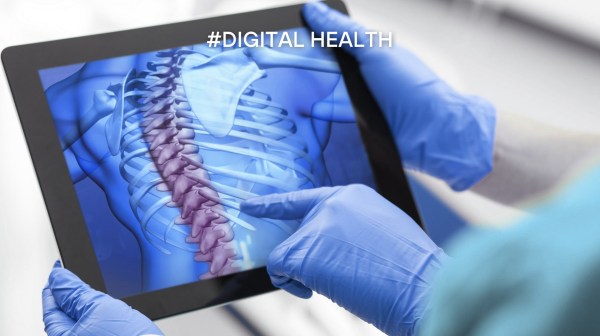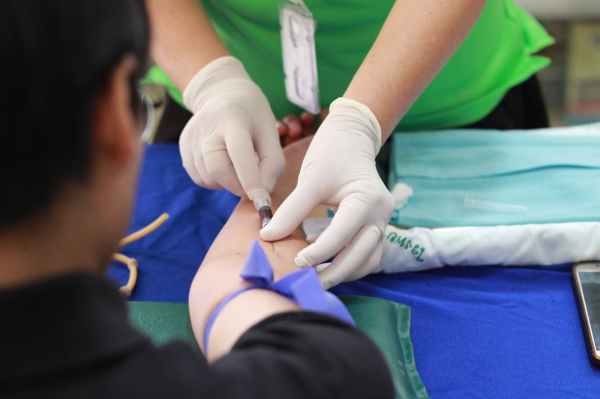From the personalisation of treatments to the improvement of diagnoses, both in terms of time and precision and in terms of rapid and more humane care. Connectivity in the healthcare sector improves internal processes and the care of patients and their families.
Connectivity offers one key factor: bringing people together. That is why its role was so important during the toughest days of the pandemic. Hospitals, nursing homes and medicalised hotels were able to offer their patients some support by means of the virtual hugs their loved ones were sending from afar.
At the beginning of the healthcare crisis, Telefónica was promoting healthcare connectivity, carrying out various measures, such as placing its infrastructures and technologies at the service of public administrations and healthcare institutions, and extending its content offer free of charge.
In fact, during this stage of the health crisis, the carrier provided, free of charge, the necessary infrastructures at some 60 points including medicalised hotels and residences throughout Spain, one of which was the Temporary Hospital of the Community of Madrid, at IFEMA (Fair Institution of Madrid).
It also collaborated with Emergency Services by reinforcing their communications structures to cope with the increase in coronavirus queries. In the context of this emergency action, the company also assumed the cost of the installation, flow and commissioning of these networks.
Expectations for improvement
Despite these efforts, the crisis highlighted the low rate of digital transformation in the healthcare system prior to the pandemic. According to the Fenin Index of Digital Maturity in Healthcare, prepared by the Spanish Federation of Healthcare Technology Companies (Fenin), together with the Cotec Foundation, the degree of digital maturity of the national system in Spain is close to 31%.
This study demonstrates the need to increase the use of new technologies, and highlights their potential in the use of data analytics for better diagnostic and follow-up outcomes.
So far, the adoption of new technologies such as big data and the Internet of Things has improved not only the diagnosis time, but also the accuracy of the diagnosis. In the case of rare or uncommon diseases, genetic data analysis and AI can help doctors reduce these times from up to six years to a few minutes.
Digital and secure
Technology must have a human element and serve as a link between the healthcare professional and the patient to improve their quality of life. Thus, the digitisation of hospitals favours a new patient-centred healthcare model, breaking with traditional models, offering quality medical care, without timetables or physical spaces. That is what the new digital hospitals encompass.
New technologies are not only essential in the field of research–such as in the development of the vaccine against COVID-19–but also in the improvement of the healthcare service itself, beyond medical records, analyses, consultations and even the management of the healthcare centres themselves.
New services rely, for example, on the development of tools such as wearable devices, adapted to the state of health and needs of each patient. These allow the health of each individual to be monitored and help doctors to implement preventive health policies and even save lives by immediately activating emergency protocols.
The new hospital model
The digital transformation of hospitals continues to grow at an unstoppable pace and Telefónica has become an important partner in achieving this change. To this end, it has forged important partnerships with companies in the healthcare sector.
Since 2019, the carrier and HM Hospitales have maintained a collaboration agreement with the aim of promoting and boosting the use of new technologies in healthcare processes and patient relations, which is part of the 2019-2023 Strategic Plan for Digital Transformation. The aim is to promote the use of new technologies for all its centres in the Community of Madrid, Castile and León, Galicia, Castile-La Mancha and Catalonia.
This project includes the deployment of the cloud with self-managed management, infrastructure and data storage services, security managed from the security operations centre (SOC), monitoring of business indicators from the Command Centre, provision of digital devices and of a maintenance service, and 24/7 communications availability.
Digital Pathology
Another clear example of this innovative development is the agreement signed between Telefónica and the ICT healthcare multinational Dedalus to boost the digitalisation of the pathology anatomy service and eliminate physical barriers. In addition, the project lays the foundations for integration with Artificial Intelligence platforms that help and speed up decision-making, promote the sharing of resources and knowledge in real time and strengthen multidisciplinary work.
The value of this agreement lies in the importance of pathology in the healthcare system for clinical decision making and the fundamental objective of the healthcare organisations is to shorten diagnosis times while ensuring quality.











